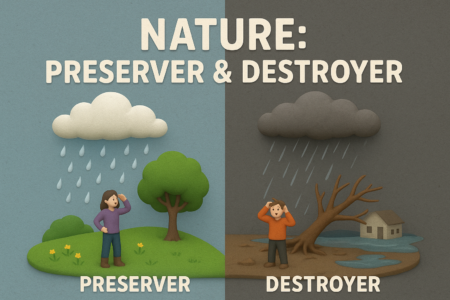Gravitational wave observatories have detected signals that point to the collision of two black holes that were created in distinct locations.
When black holes and neutron stars collide, most of the spacetime ripples that instruments like the Laser Interferometer Gravitational-Wave Observatory, or LIGO, observe result from likely near relatives. They have originally paired stars that were created simultaneously and in the same location, and as they grew older, they collapsed to produce circling black holes or neutron stars.
Now, a newly discovered marriage of black holes that were discovered in past data from the Italian sister observatory Virgo and the American observatory LIGO appears to be of an unrelated couple. They were spinning as they combined, providing evidence for this, according to researchers in a manuscript accepted for publication in Physical Review D. Black holes that share the same birthplace typically circle one other with their spins aligned, like a pair of toy tops spinning on a table. However, the pair in this instance does not exhibit any association between their spins and orbits, suggesting that they were likely born in distinct locations.
“This is telling us we have finally identified a pair of black holes that must begin through the non-grow-old-and-die-together path,” says Seth Olsen of Princeton University.
However, the majority are near enough to strongly indicate familial links. Previous occurrences that have been detected by gravitational wave measurements reveal back holes merging. Olsen and colleagues combed through data that the LIGO-Virgo cooperation made available to the public to discover the discovery, which is distinct. In reality, one of the black holes is rotating upside down.
That is impossible unless the two black holes originate from different locations. Unlike the black hole littermates that appear to make up the majority of gravitational wave observations, they most likely met later in their stellar lives.
Olsen and his team also discovered nine more black hole mergers that had eluded the earlier LIGO-Virgo experiments, in addition to the merging of two unconnected black holes.
The University of Wisconsin-Milwaukee physicist Patrick Brady, a spokesperson for the LIGO scientific partnership who was not involved in the current work, adds “This is the great thing about this sort of analysis.” “We give the data in a manner that other people can utilize, so [their] access will allow [them] to test out other methods.”
Olsen’s team dropped the analytical threshold a little to assemble so many new signals in data that had already been examined by other researchers.
Olsen claims that, of the 10 new ones, “approximately three of them, statistically, probably derive from noise” as opposed to being accurate black hole merger detections. It almost definitely offers a narrative of black hole histories different from the ones observed thus far, assuming that the merging of black holes strangers is not among the incorrect signals.
For this to originate from two black holes that have been associated for their entire lifespans would be “very implausible,” according to Olsen. This had to be a capture. That is exciting because it allows us to finally begin exploring that portion of the [black hole] population.
Brady says that “we do not understand the theory [of black hole mergers] well enough to be able to forecast all of this.” But the most recent research could indicate fresh and intriguing possibilities for gravitational wave astronomy. Let us investigate this lead to determine whether it points to a rare object, he says. Or else, we will find out something else, if not.






